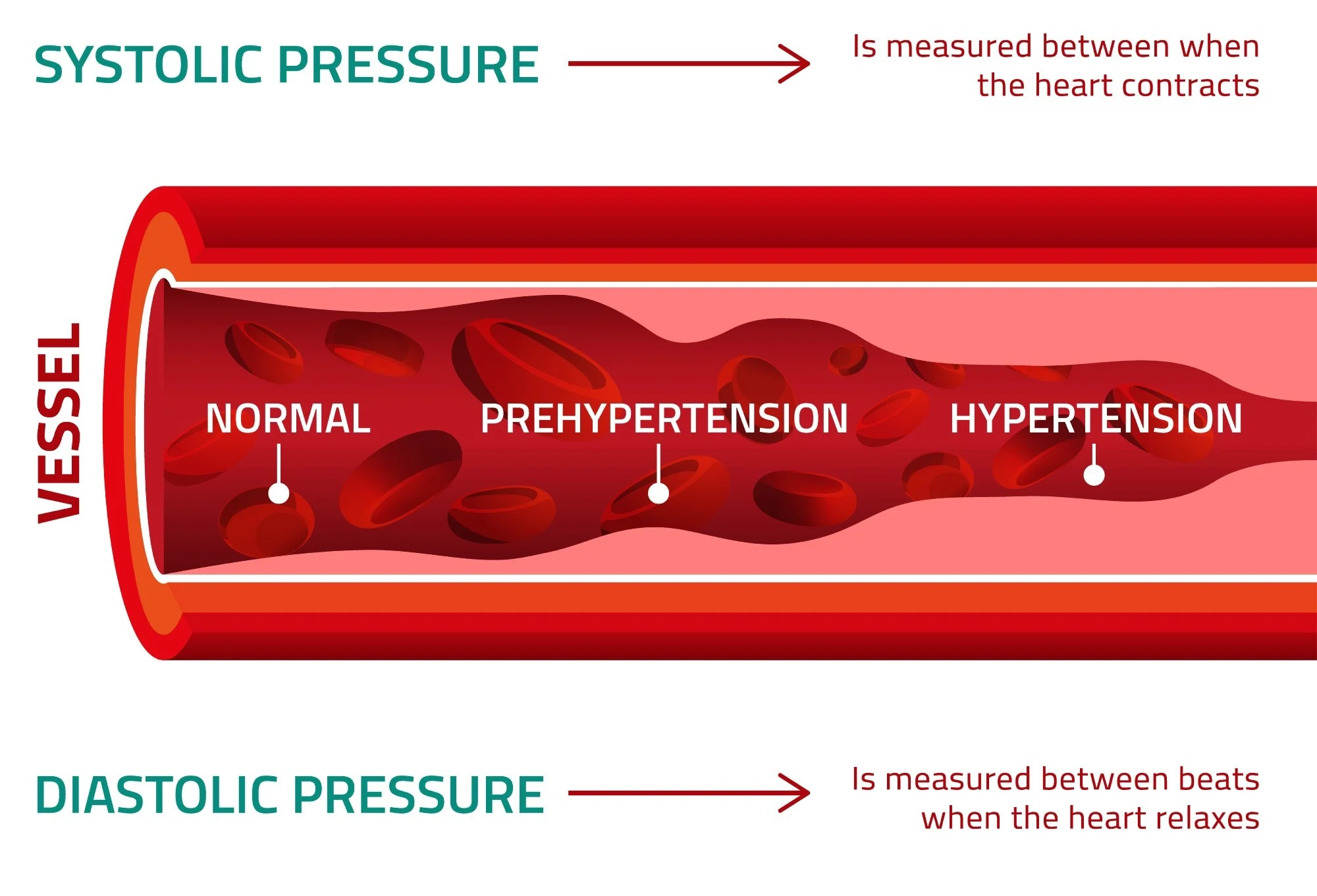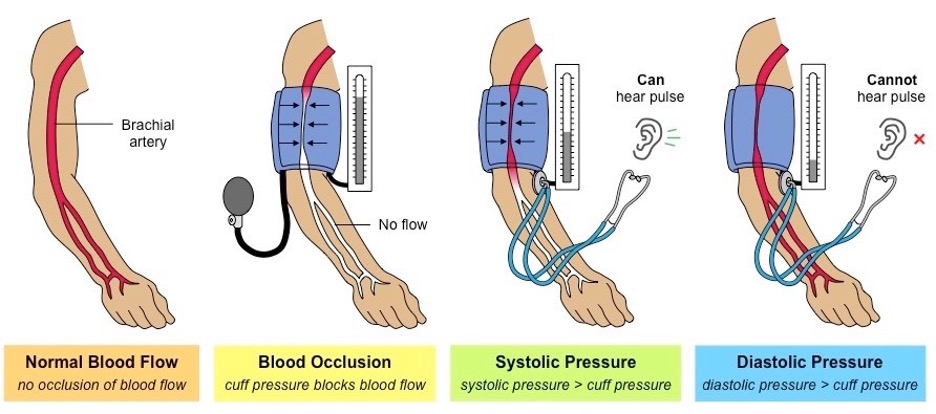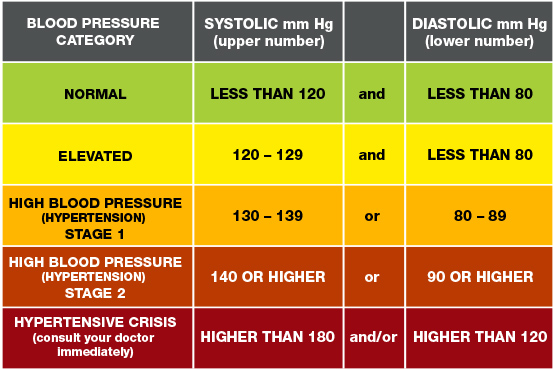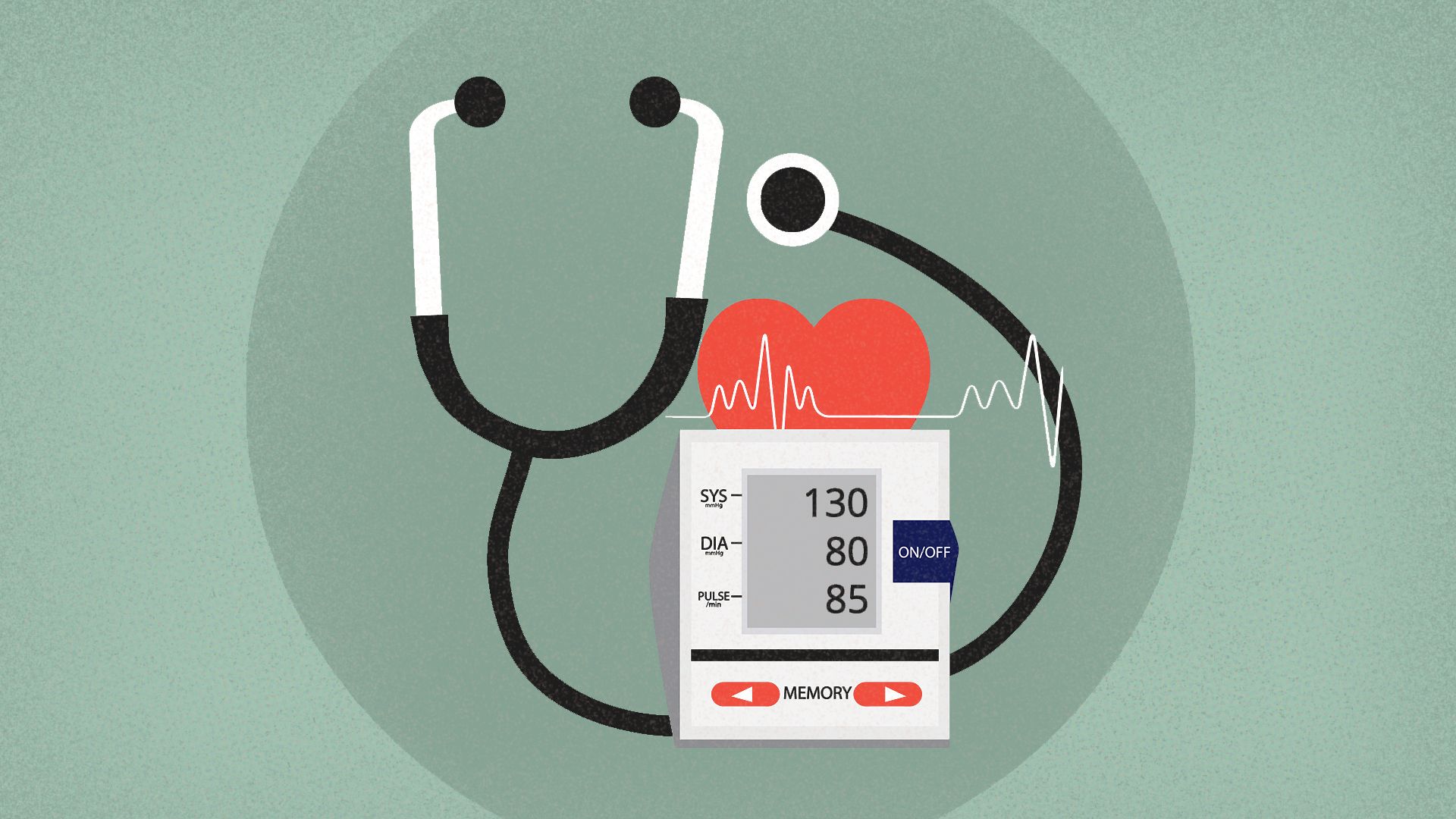By Charalampos Karouzos,
It is practically impossible to encounter an individual unaware of the existence of blood pressure. Most of us had had our blood pressure measured at least once and even some people monitor it frequently. In general, a low blood pressure is considered the goal, however that’s not always true. Blood pressure among others, is part of the fundamental vital signs of the human body and its stable maintenance is crucial to preserve health. However, stating its importance is one thing but understanding the reasoning behind its presence and why its disturbance is incompatible with life is another issue.
To begin, according to the NHS (National Health System of the UK), “Blood pressure is a measure of the force that your heart uses to pump blood around your body.” Similarly, Guyton and Hall (probably the most studied physiology book in medicine) determines blood pressure as “the force exerted by the blood against any unit area of the vessel wall”. So, blood pressure is a force but why a force is needed? The force of the blood is needed to counteract the friction the blood experiences inside the vessels. The force provider as most people can guess is the heart, the blood–pump as it is also called. The heart contracts increasing the pressure of the blood in the arteries, delivering blood to all the tissues of the body.

Blood pressure in fact, is characterized by two properties, to be pulsative and not consistent. The pulse we feel in many locations of our body is due to the constant heart beating. To simply place it, one pulse responds to one heart contraction that pushes the blood in the arteries and the instant dilation of the artery creates the pulse we can feel, for example in our inner wrist. Secondly, the blood pressure is not unformal in every artery. The larger arteries that act as providers of blood to the smaller arteries have high pressure, however the smaller arteries have significantly decreased pressure to allow exchange of substances between the cells and the vessels, which at this stage are named capillaries. After the capillaries, where the exchange of substances happened, the capillaries will form the veins which in the same way as the arteries will form larger veins finally reaching the heart.
However, veins have a significantly lower blood pressure than the arteries. Veins contrary to arteries do not have a pump that pushes blood around, the heart only pushes the arterial blood. Veins use two main mechanisms, valves and muscles. Valves ensure the unidirectional flow of blood, preventing the backflow which would prevent circulation. Muscles on the other hand, are useful as during their contraction veins take advantage of the increased local pressure and push blood forward, this process is completely passive, meaning that muscles are not contracting to facilitate blood return to the heart. Blood from the large veins enters the right side of the heart and then its pumped in the lungs to release carbon dioxide and take oxygen returning to the heart on the left side now, which pumps the blood to the arteries continuing the circle of circulation.

A sphygmomanometer is by far the most used device to measure an individual’s pressure. After the reading is performed, two values are provided by the device, the large and small pressure, the systolic and the diastolic pressure. Systolic blood pressure is the pressure of the blood directly after systole, the heart contraction, whereas diastolic blood pressure is the pressure of the blood when the heart is relaxed, diastole, not actively pushing the blood into the arteries. Blood pressure plays a crucial role in the circulation as an increase or a decrease in the values can cause damage and even lead to death.
Blood pressure’s normal values of less than 120mmHg for the systolic and less than 80mmHg for the diastolic pressure must be maintained stable to ensure the adequate blood perfusion in the cells. The human body has several autoregulatory mechanisms to maintain the values stable under different conditions, for example exposure to different environments, body–water levels, current activity status, etc. However, if the values exceed certain limits, these mechanisms fail to return the blood pressure in normal values and symptoms start to appear. Low blood pressure, which is publicly thought to be associated with optimal health, can be severe if it becomes very low. The condition is named hypotension and can lead to loss of consciousness and death if not reversed. On the other hand, very high blood pressure, named hypertension, is one of the major risk factors of cardiovascular disease worldwide, significantly accelerating symptoms and systemic failure. In hypertension, high blood pressure, the force of the blood pushing against the artery walls is consistently too high. The heart has to work harder to pump blood.
Blood pressure is maintained constant physiologically by the heart, the vessels and the kidneys. The heart regulates the force of its contraction that affects the final blood pressure of the blood after exiting the heart. During states of increased blood requirements by the cells, heart’s contraction–force and rate increases to satisfy the elevated needs. In parallel, the vessels can alter their diameter, thus regulate the blood pressure. Imagine placing your finger at the end of a water hose, more water will be present in the same volume of the tube and thus the pressure will increase, at the level of the bloodstream, the amount of blood doesn’t increase but the vessels alter in size. Finally, the kidneys act as the body’s filters. They excrete and regulate the substances of the blood but also the amount of water in the blood. Thus, by increasing or decreasing the reabsorption of water they can maintain the volume of blood, and so the blood pressure.

Regarding people’s health, high blood pressure, a very common condition among older individuals, is often related to modifiable factors and is linked to unhealthy lifestyle habits, such as smoking, drinking too much alcohol, being overweight and not exercising enough. Low blood pressure on the other hand, is less common. Some medicines can cause low blood pressure as a side effect but it can also be caused by several underlying conditions, including heart failure and dehydration.
Concludingly, knowledge about blood pressure must not be restrained in the medical world, public awareness forms the basic ground for effective prevention and clinical management. Preventing high blood pressure occurrence is much more efficient than treating the over than one billion (!) people with the disease. Prevention of hypertension requires healthier lifestyles and monitoring of individuals following the guidelines, doing so is speculated to have a significant benefit fighting cardiovascular and renal conditions among the major causes of death worldwide.
References
- High Blood Pressure (hypertension). mayoclinic.org. Available here
- What is blood pressure?. nhs.uk. Available here
- Understanding blood pressure readings. heart.org. Available here




